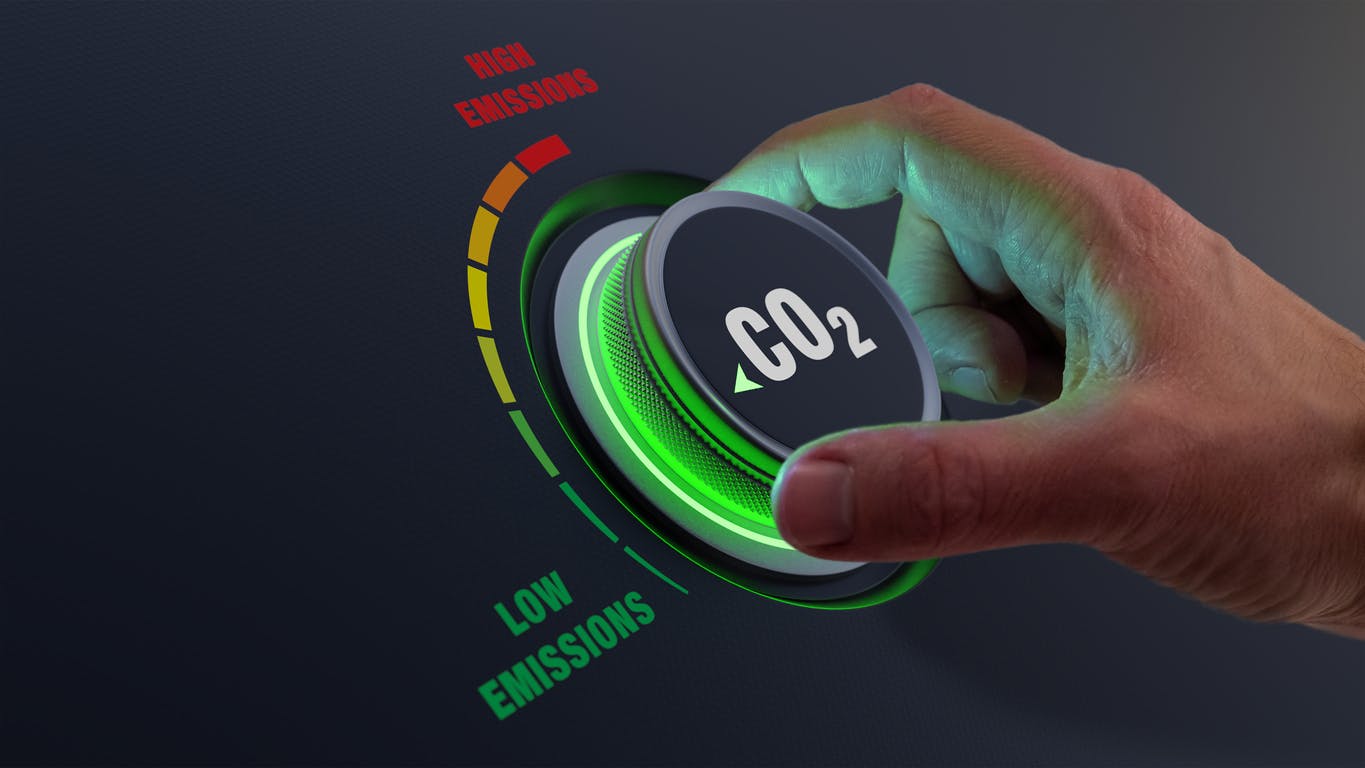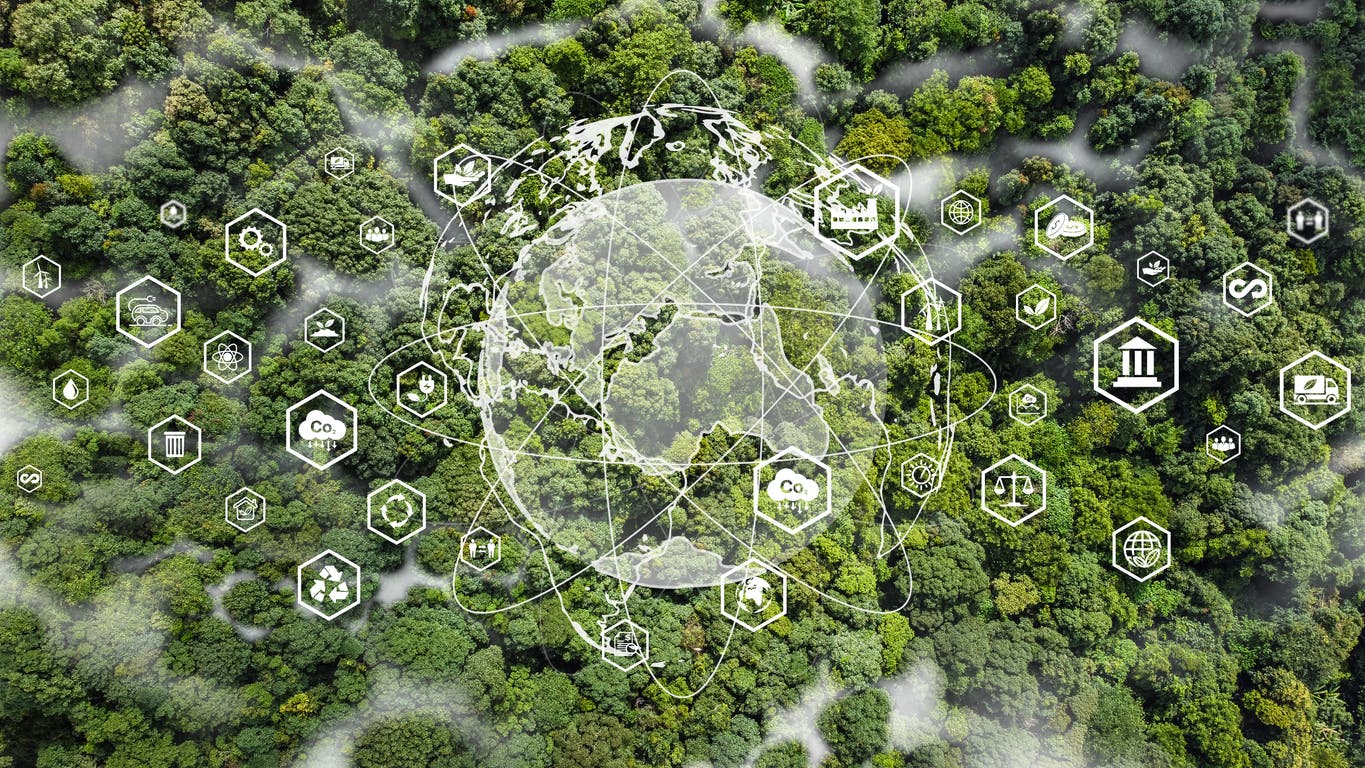In a world where mistrust towards the economic sphere is gaining ground, transparency has become an inescapable concept, both as a selling point and a requirement. Several studies attest to the strong appeal of this concept to consumers or future employees. Aware of this new trend, companies have made it theirs in different ways: transparency of decision-making processes, salaries, or environmental indicators… So much so that it has become difficult to ignore this new injunction. That’s why many companies today claim to place themselves under the holy patronage of transparency, making it one of their main corporate values.
In the tech world, several initiatives have recently sprung up demanding more environmental transparency from manufacturers and GAFAM, seeking to remedy the lack of information. At times more powerful than countries, such organizations have become key players in the opinion of many in the sector. Despite their strength, they don’t systematically share the information needed to assess the environmental impact of their infrastructures.
But why exactly is transparency necessary in the fight against climate change? What information should be shared as part of an environmental approach? Why are we demanding more transparency from GAFAM? We will try to answer these questions using our own concrete examples.
THE EXAMPLE OF A SERVER
Transparency is the property of something that lets you see through it. In its figurative sense, it is about consciously not hiding anything. We talk about organizations’ transparency when they are freely sharing key information. Transparency is often presented as a way to gain customers and improve the employer brand or as a tool that enables comparisons and choices. Unfortunately, evaluation and comparison are not always possible because many players still rate themselves according to their criteria.
In environmental matters, transparency isn’t just about access to information; it also allows stakeholders to make progress on their environmental assessments. That’s why a company that uses another organization’s services can become dependent on them. To understand this, let’s take a look at how carbon accounting works.
Carbon accounting is based on emission factors that offer a certain degree of uncertainty while being somewhat adapted to the evaluated criteria. In our case, when carrying out our accounting, we wanted to know the CO2 equivalent that we could attribute to the servers used in our premises and those that we have installed for our customers. The emission factor proposed by the ADEME for servers didn’t correspond to the type of high-performance machines that we use, and nothing more accurate was found in the GHG Protocol.
Theoretically, we should have been able to directly ask our supplier for a life cycle analysis (LCA) of its product to be verified by a third party. Unfortunately, this data was not available, making us rely on data that was produced by another manufacturer.
ENVIRONMENTAL SOLIDARITY
Although this wasn’t a completely satisfactory solution, by using a manufacturer’s data, we were able to refine our results. This example underlines how strong the relationship is between structures that do business together. Indeed, our evaluation work was complicated by our manufacturer’s absence of data. If each organization were to systematically conduct environmental assessments and communicate key figures to all its stakeholders, determining one’s carbon footprint would be like child’s play. Integrating the carbon equivalent into the accounting tool would reduce the result’s uncertainty effortlessly.
In addition to making it easier for everyone, these data could become standardized indicators, common to all actors in the same ecosystem. A comparison would be made on objective criteria to favor impact-oriented partnerships. In many ways, price is still the primary variable defining consumer choices. But this criterion alone doesn’t always serve eco-designed products, with prices often higher than those on the market. Pairing an environmental indicator to the price of a product or service could allow responsible actors to be truly valued.
With the recent outbreak of the COVID-19 epidemic, the world has become aware of the density of globalized exchanges. The same conclusion goes for companies’ environmental issues: Nowadays, organizations interact globally in a complex world. Each of them relies on and depends on a set of suppliers and service providers. Although it is still largely underestimated, solidarity exists between organizations that are codependent, both economically and environmentally.
THE EXAMPLE OF THE CLOUD
While servers included a reduced emission factor to take into account its CO2 equivalent, services such as the cloud don’t – and many companies still do rely on them.
Even though one would think they have the means to do so, cloud providers aren’t releasing much usable data. Despite some initiatives launched in the last few years, the information provided is not always sufficient to allow players like us to evaluate the emissions induced by our use of their service. Moreover, these tools are often used for marketing purposes and try to highlight the carbon footprint reduction that would be achieved thanks to the cloud.
To estimate the cloud’s overall footprint, we need to estimate both the footprint and lifespan of different elements: the network, the necessary equipment (switch, servers), and the PUE of the different data centers used. Ideally, sellers should be able to present this information through a CO2 prism, but not exclusively. Other indicators could be taken into account, such as water consumption (m3), energy consumption (kWh primary energy), or depletion of natural resources (kgSbeg). By fulfilling these expectations around information, cloud players would finally commit to a virtuous environmental strategy and allow impact-oriented stakeholders to do so easily.
CONCLUSION
While organizations are taking hold of the issue of transparency, not all of them share indicators that could enable others to progress in understanding their environmental issues. We are well aware that transparency can sometimes come in conflict with confidentiality. As trade increases and the urgency we face becomes impossible to ignore, we need to go beyond competitive issues. The challenge may seem difficult to meet, but so was requiring companies to publish and have their accounts audited back in the day. Bringing about new conventions takes time, but it is those who are willing to embrace change who will surely win the race.
- “How Corporate Social Responsibility Influences Buying Decisions?”, Clutch, January 7th, 2019. This study underlines how values and transparency, more than the price, have become key factors in purchasing decisions.
- See our blog post on the green IT ecosystem.
- See our blog post on how carbon accounting works.
- The ADEME carbon base proposes an emission factor of 600 kgCO2eq per device.
- “The life cycle assessment is a tool for global and multicriteria evaluation of environmental impacts. It is a standardized method (ISO standards 14040 to 14043) that measures the quantifiable effects of products or services on the environment. It identifies and quantifies, throughout the life of the products, the physical flows of material and energy associated with human activities. It evaluates the potential impacts and then interprets the results obtained according to its initial objectives” in “Analysis of the life cycle” (in French), ADEME, June 18th, 2018.
- We have made the Dell PowerEdge T630 our benchmark server.
- I.e Microsoft’s sustainability calculator or the attempts to quantify the impact of smaller providers like OVH.
- The PUE is an indicator developed by the Green Grid to measure a data center’s energy efficiency. The calculation is made by dividing the total energy consumed by the data center by the total energy used by the IT equipment.




